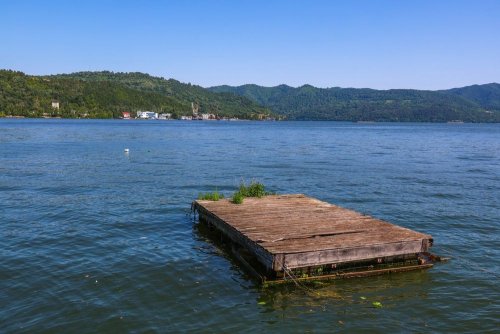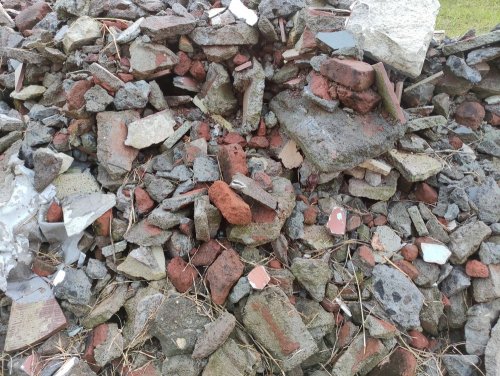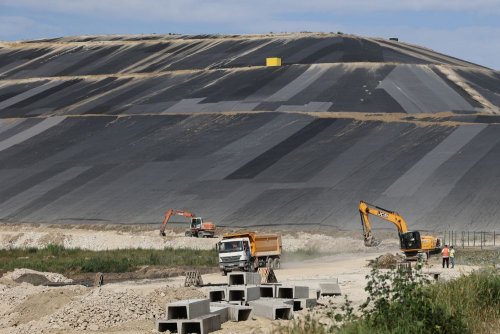An international project to clean up soil and groundwater on the territory of the former Velyky Bychkiv Timber and Chemical Plant, which has been underway since 2010, is being completed in Rakhiv district, Zakarpattia, Ukraine.
After the plant was closed in the 90s, the remnants of raw materials and production waste, as well as a concrete fuel oil tank, were stored on its territory, Varosh reports.
It is noted that the plant has been operating since 1859. Over the years, it has produced hydrochloric and sulfuric acids, charcoal, and more than 30 types of products in Soviet times. The territory of the enterprise was contaminated with production waste.
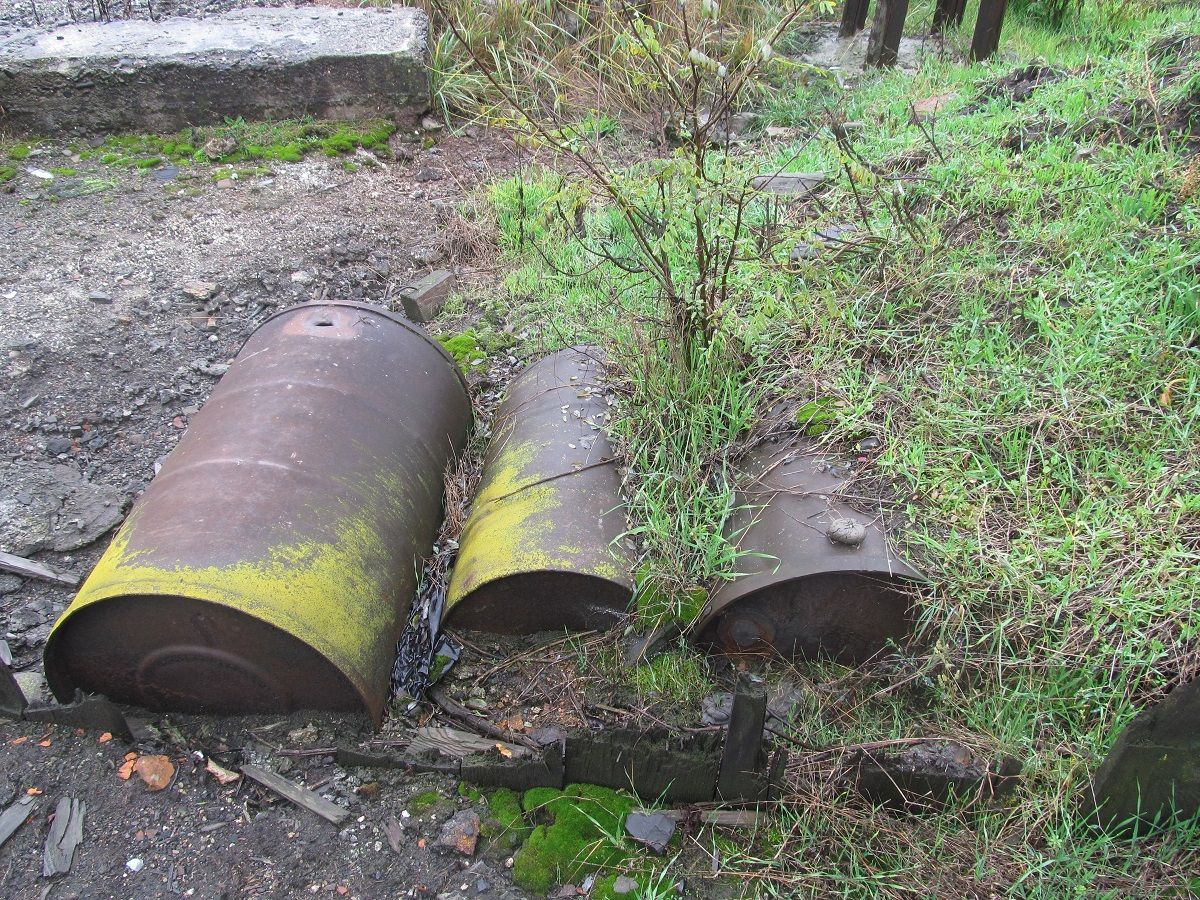
varosh.com.ua
According to ecology expert Oksana Fentsyk, the production of a wide range of chemical and forest chemical products inevitably leads to the appearance of waste and possible pollution of both air and water. Emissions of polluting substances into the air settle on the ground, fall with rains, and thus enter underground waters and rivers. Likewise, these substances enter the soil and groundwater when they flow onto the ground.
"The issue of pollution not only of the industrial area, but also of the adjacent area was raised already in the 90s: the residents of the village began to feel that the water in the wells had a smell. Later, the conducted studies confirmed that the water contains many phenolic compounds, cresol, toluene, polyaromatics – all this has a specific smell, all these substances are dangerous for the environment," she said. "People said that even cattle refuse to drink water from the wells."
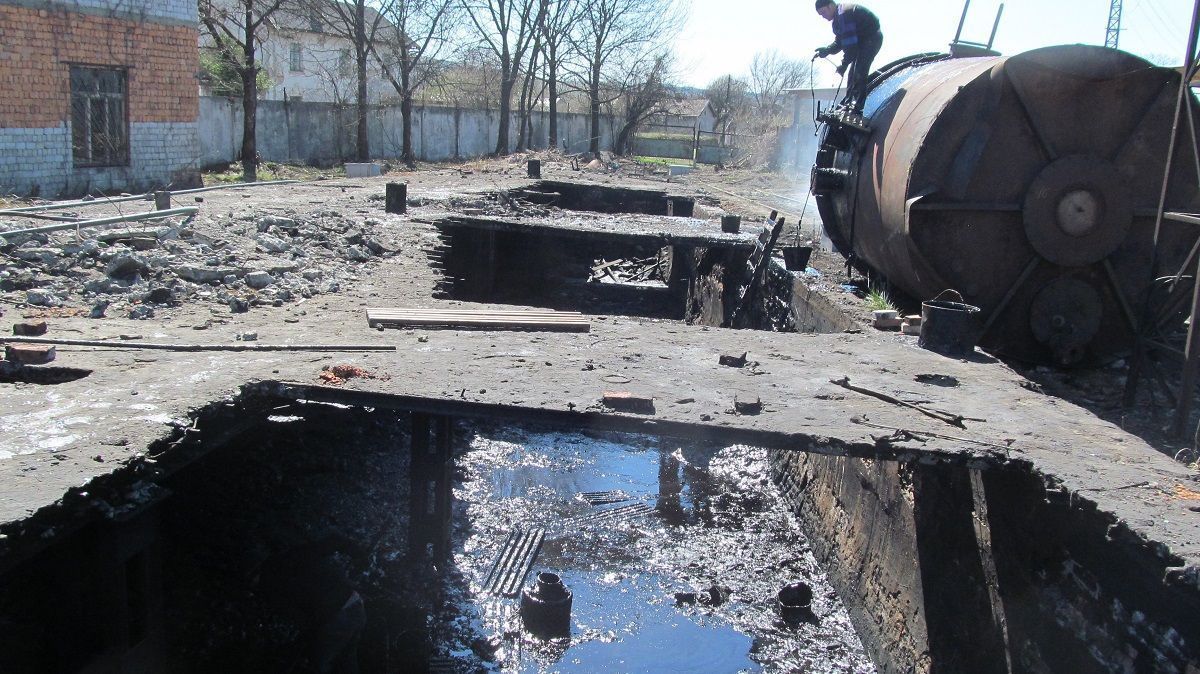
varosh.com.ua
In the material, it was said that all hazardous waste from forest chemical production was poured into a concrete tank with fuel oil near the end of the enterprise's work. Over time, cracks formed in it, through which the contents of the container gradually seeped into the soil, causing pollution. In 2010, the first stage of the project started, namely the study of the cells where the polluted substances flow, in order to carry out the cleaning directly there.
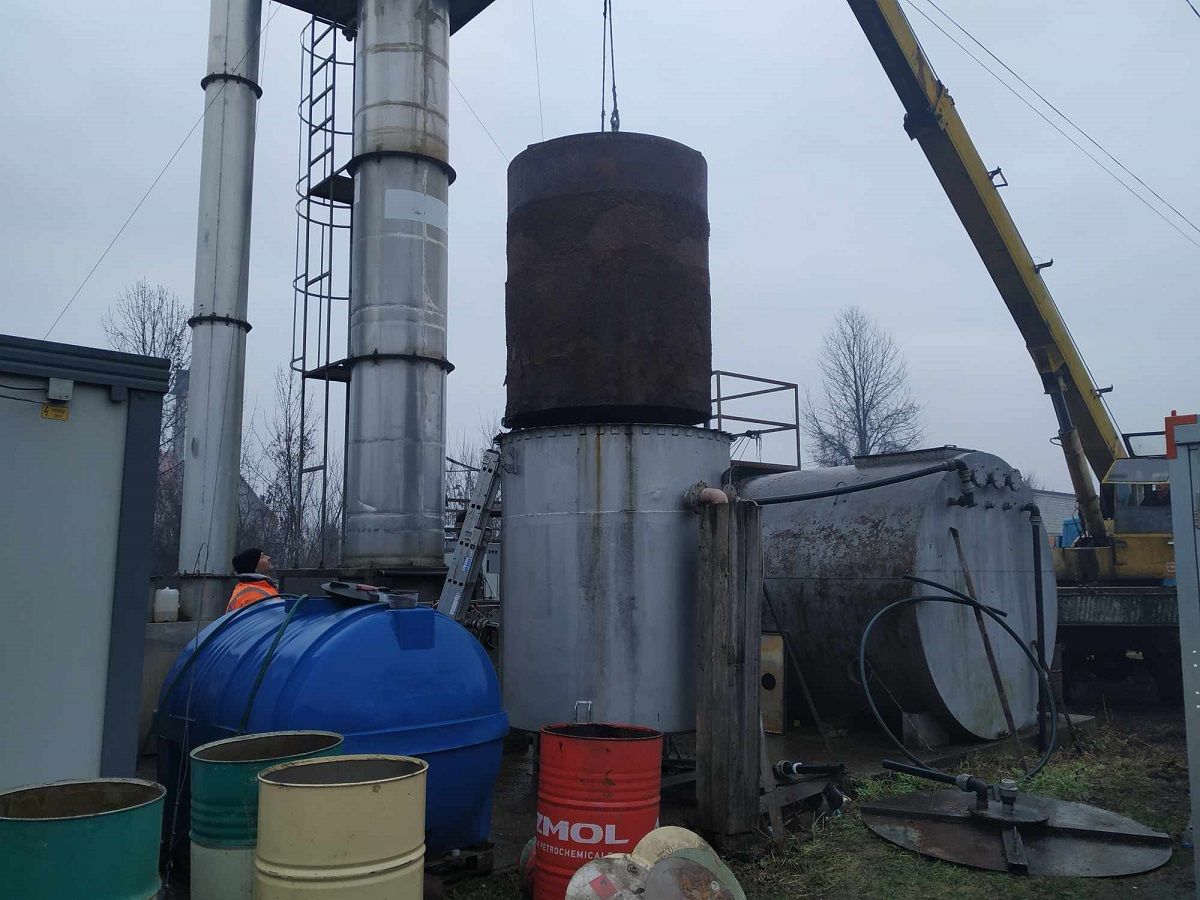
varosh.com.ua
It is noted that in 2014, the second project was launched, within the framework of which a special ground water treatment station was built in Veliky Bychkiv. In the third stage, which lasted from 2021 to 2023, work on the elimination of pollution continued. An ecological assessment of the contaminated territory was also carried out, the cleaning system was modernized and expanded.
"Hungarian partners joined the project because there was a high probability of pollution of the Shopurka River, which is a fairly large tributary of the Tysa, with the subsequent entry of pollutants into the transboundary waters of the Tysa," said project coordinator Ksenia Okhotnyk.
She emphasized that only in December 2023, 94 tons of waste were removed during cleaning operations. In particular, approximately 30 tons of highly contaminated soil that cannot be restored.
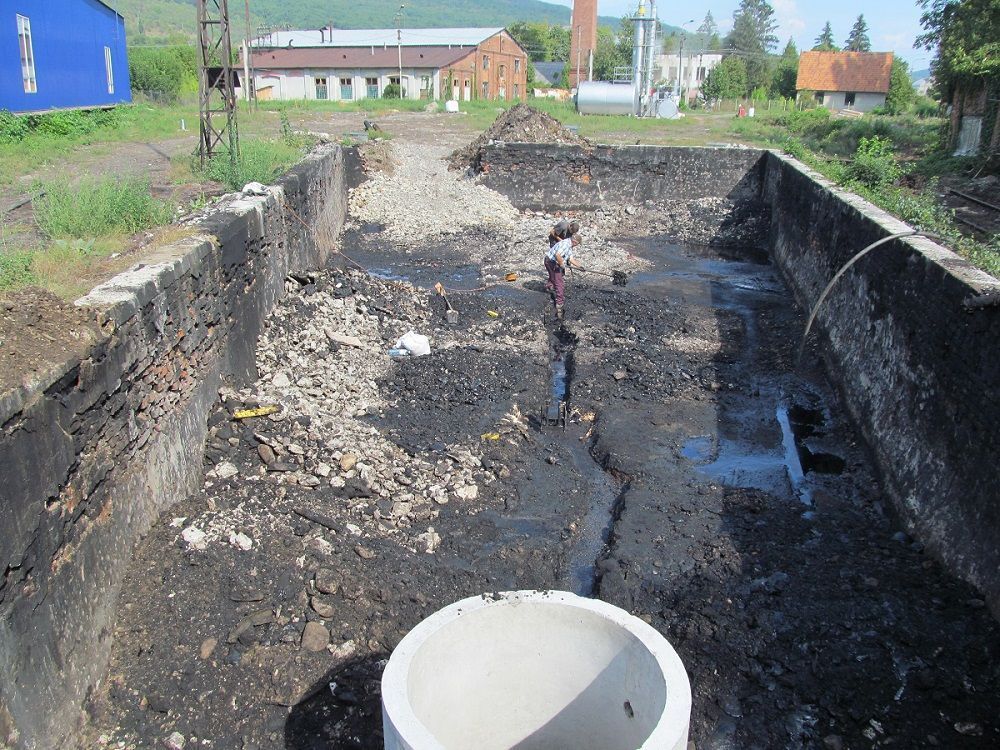
varosh.com.ua
All hazardous waste and containers from it, which are not subject to reuse, are disposed of by the licensee enterprise from Uzhgorod Oblast. The cleanup is planned to be completed by 2025.
As EcoPolitic reported earlier, a dump with 147 tons of insecticide DDT, also known as dust, which had been located on the coast of the Khadzhibey estuary since 1979, was removed in Odesa.



